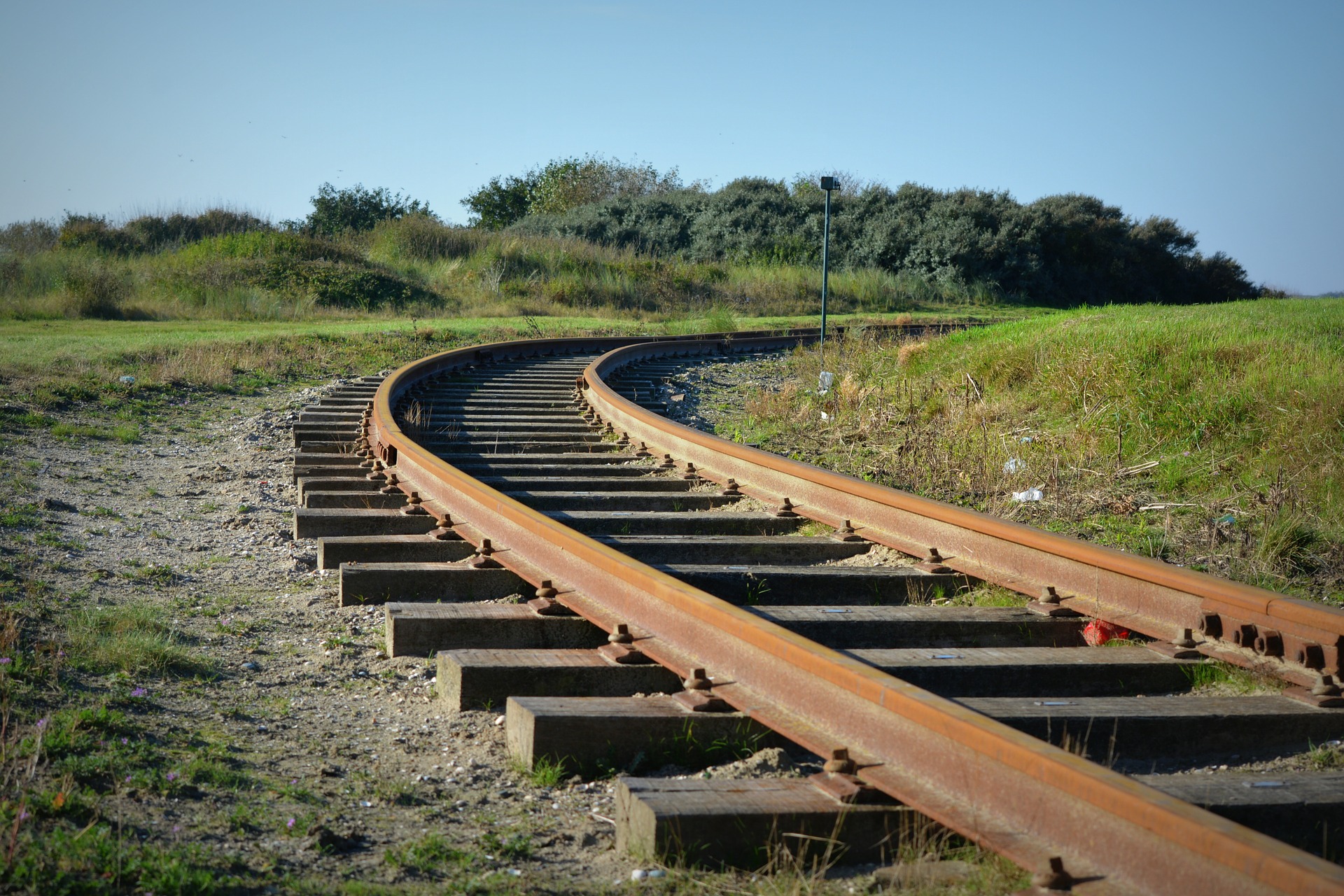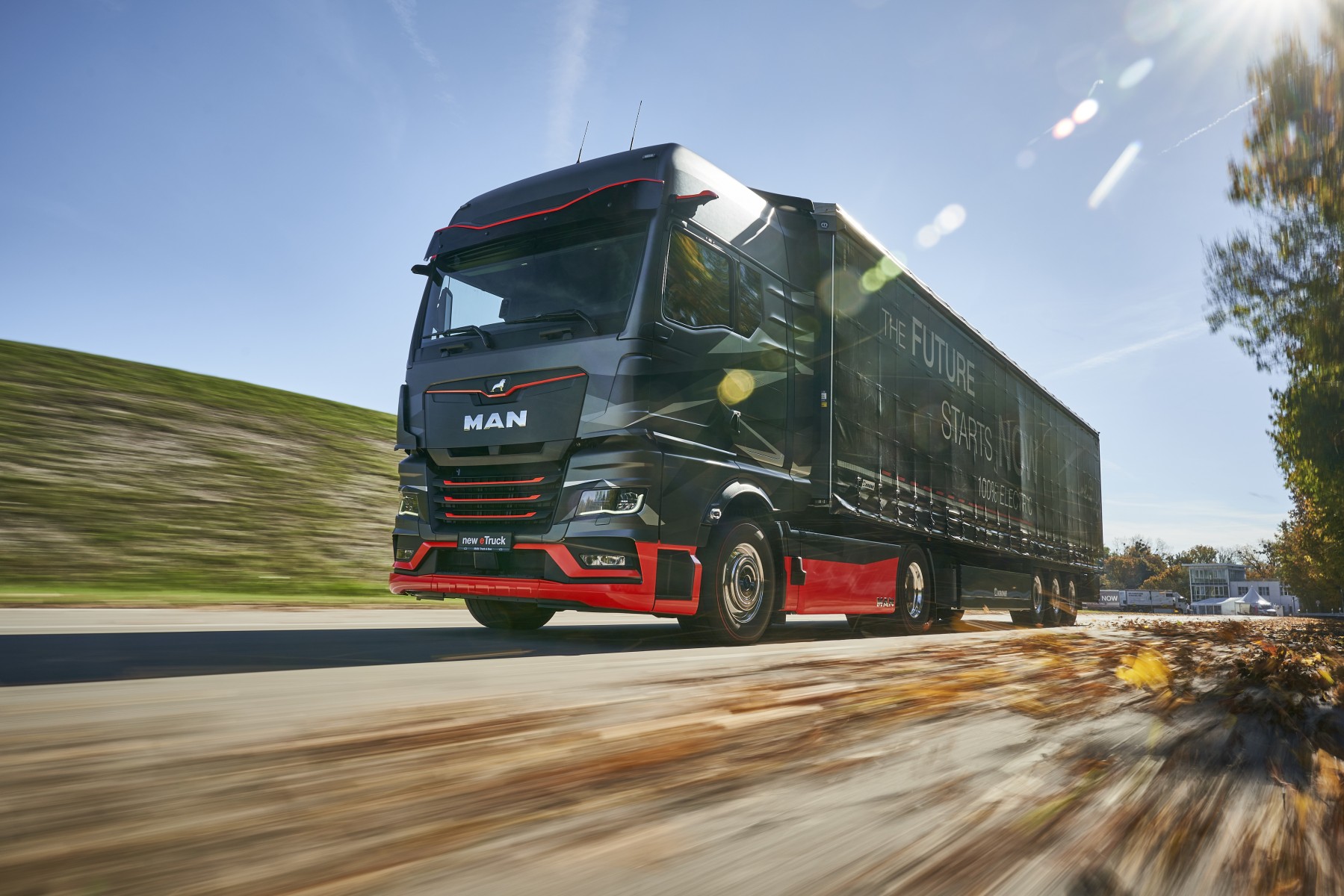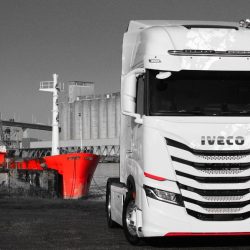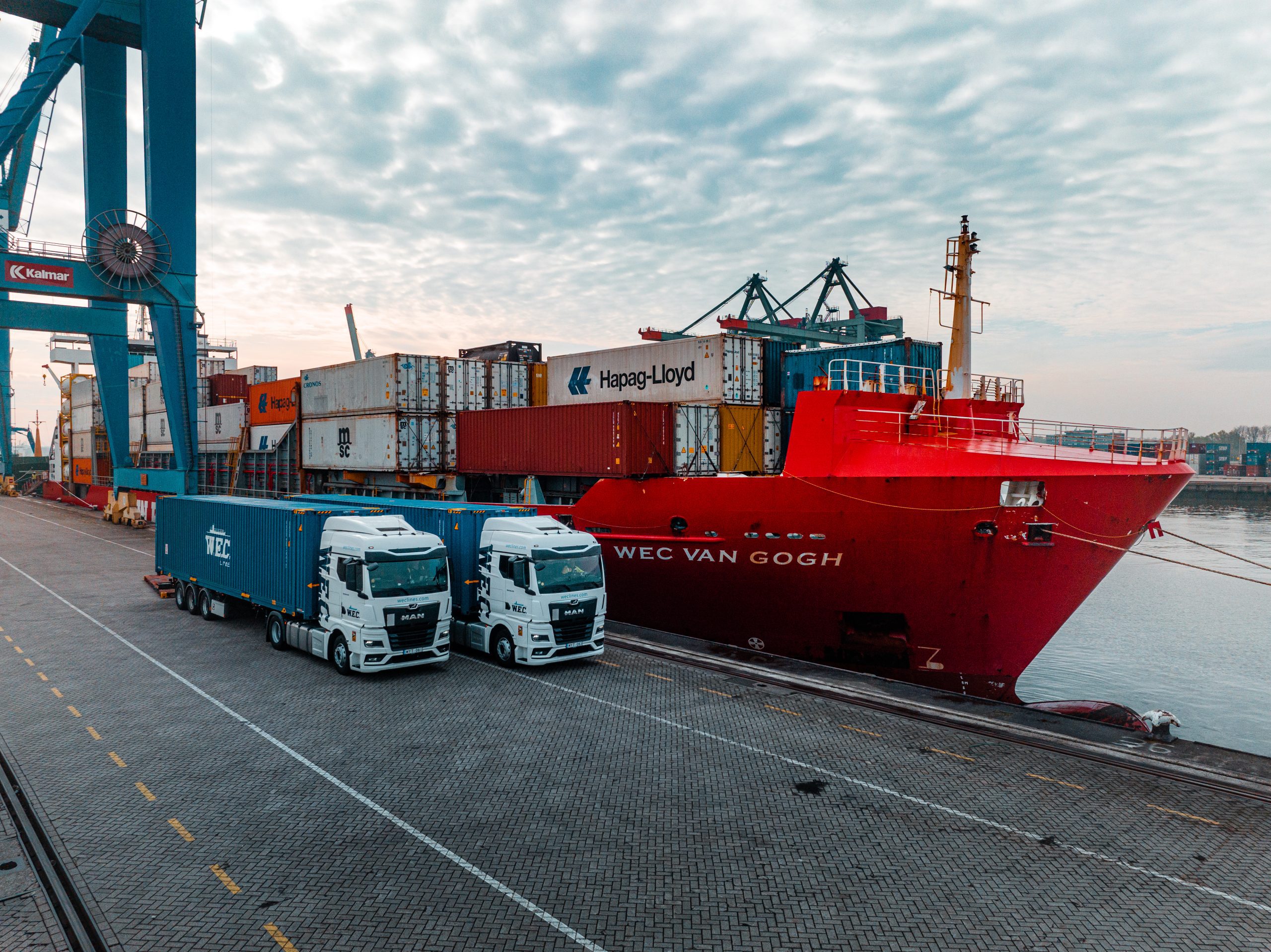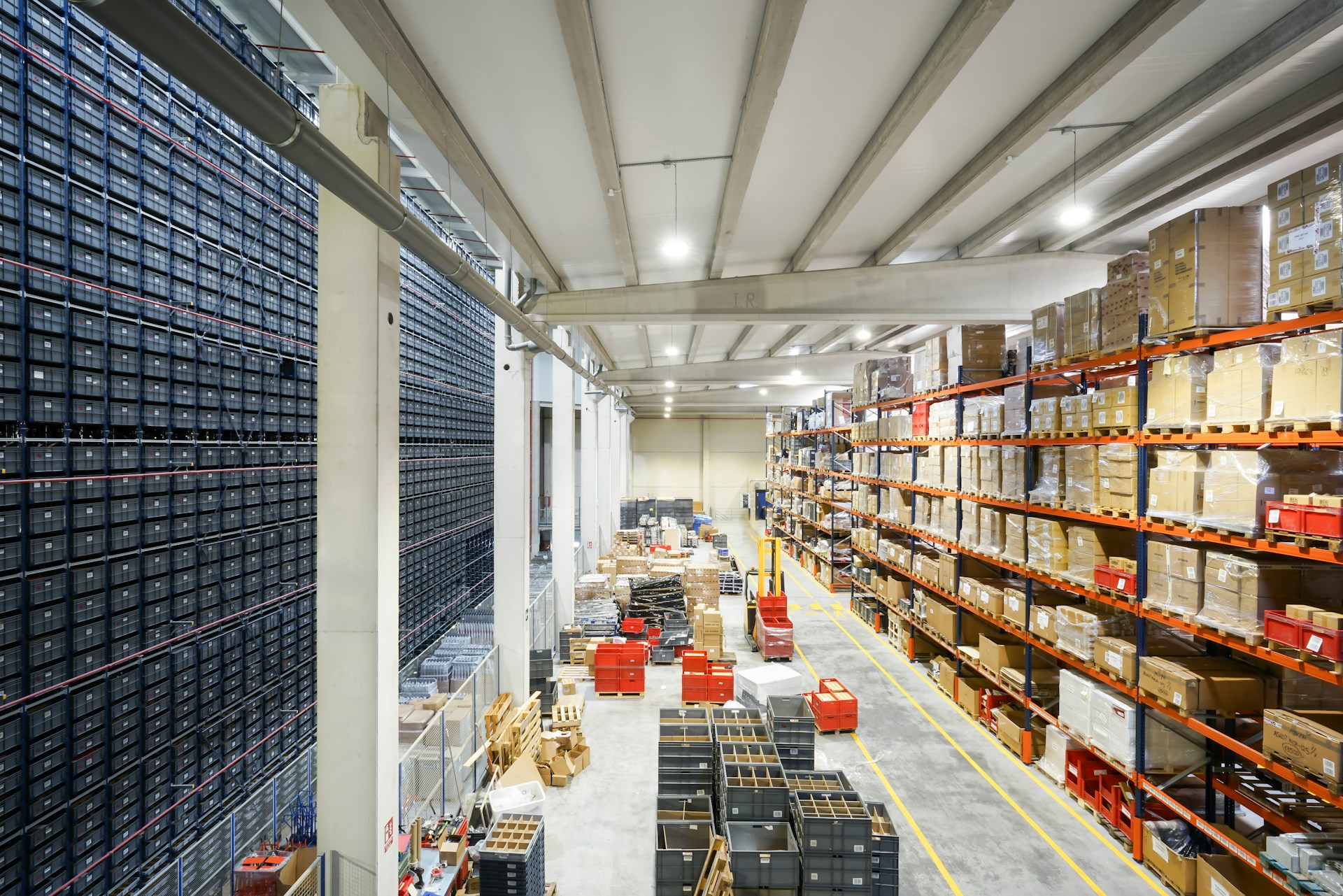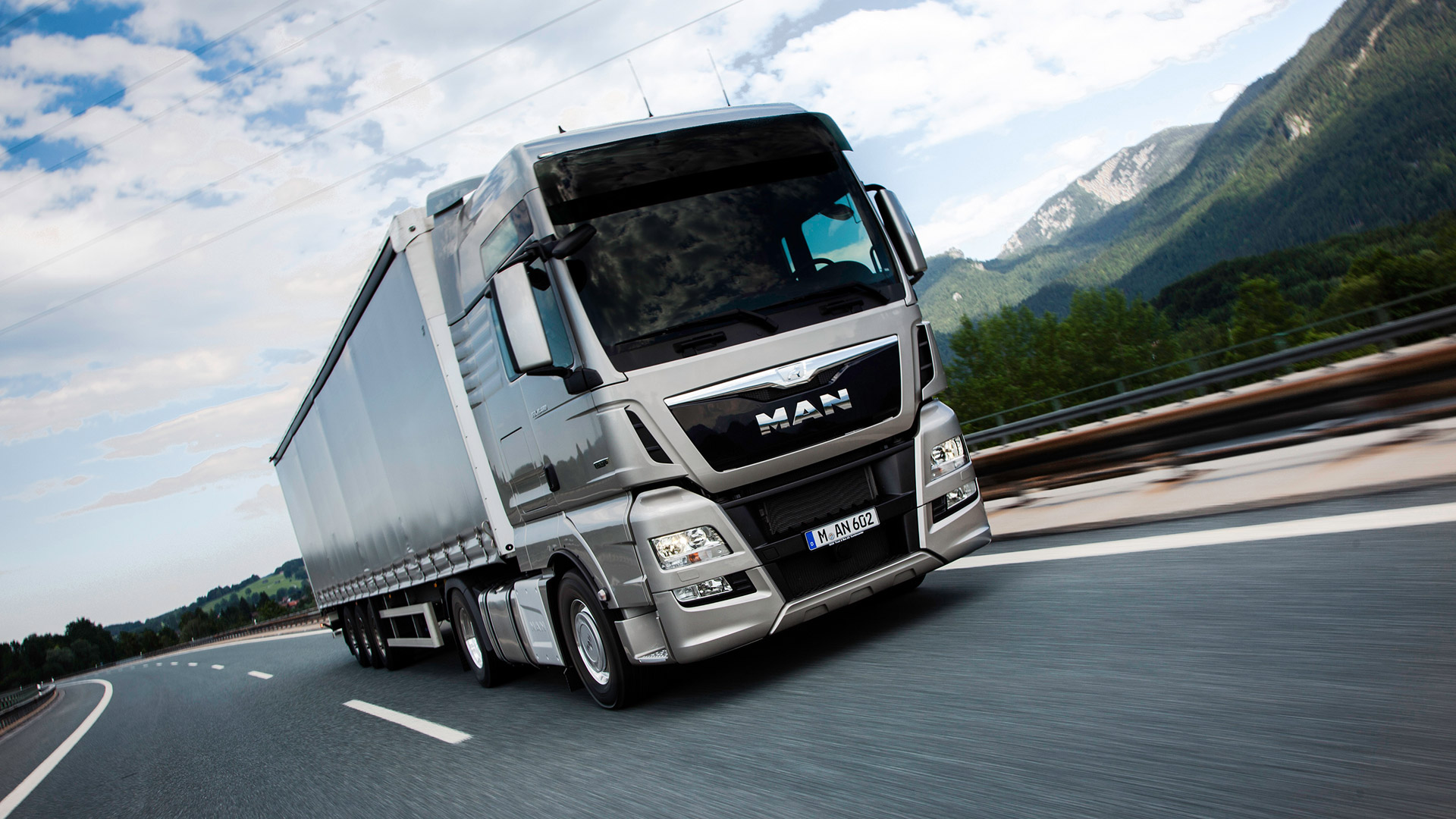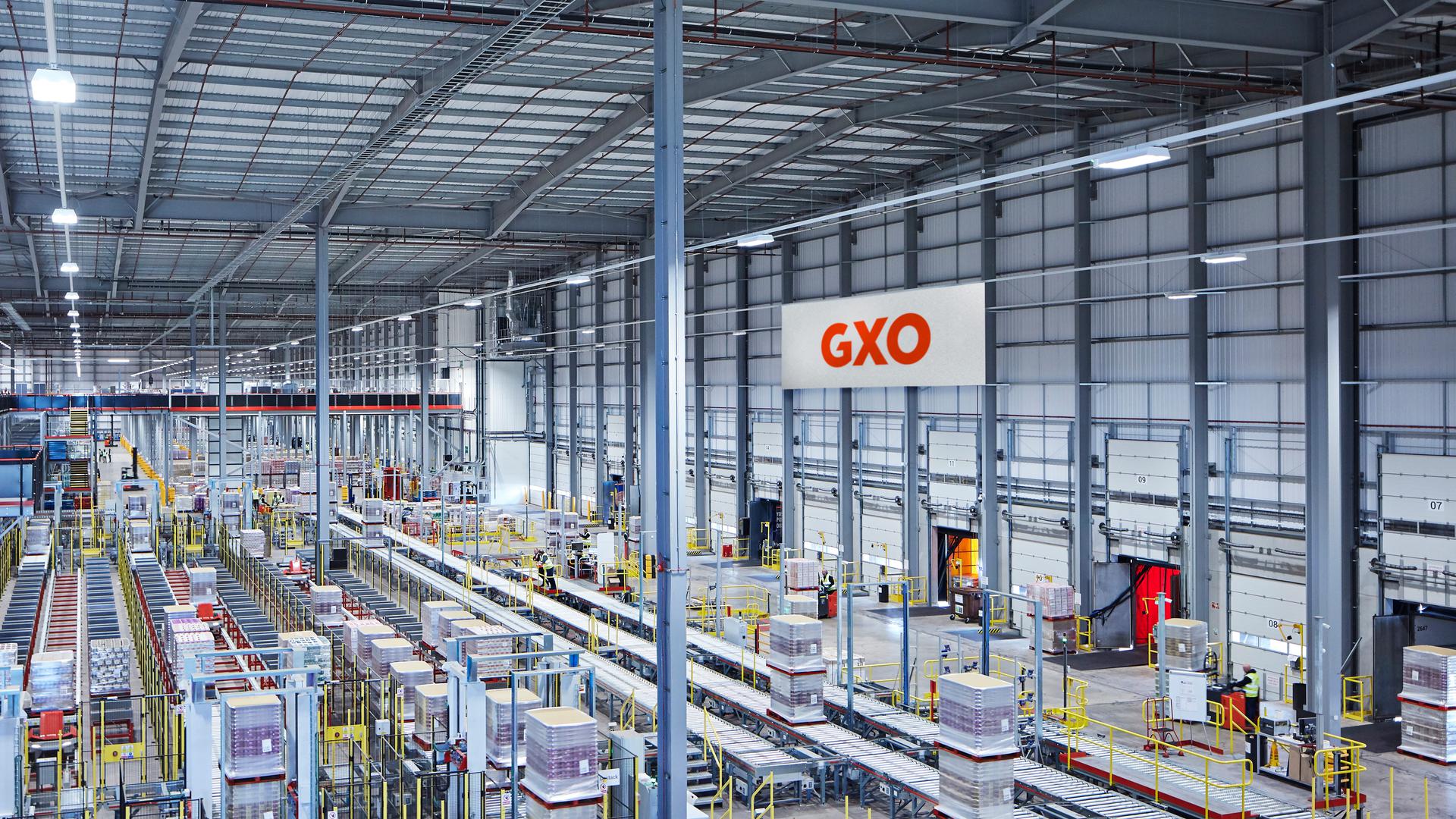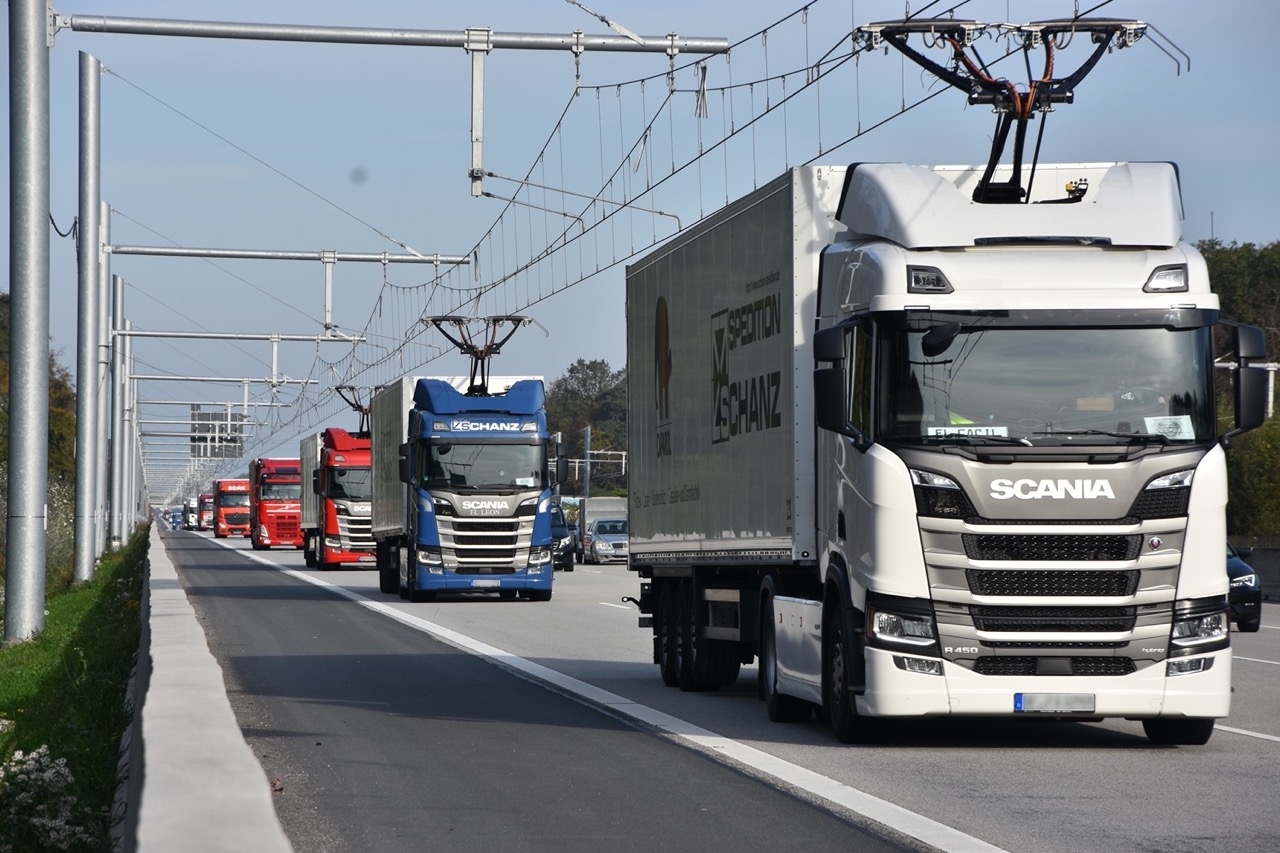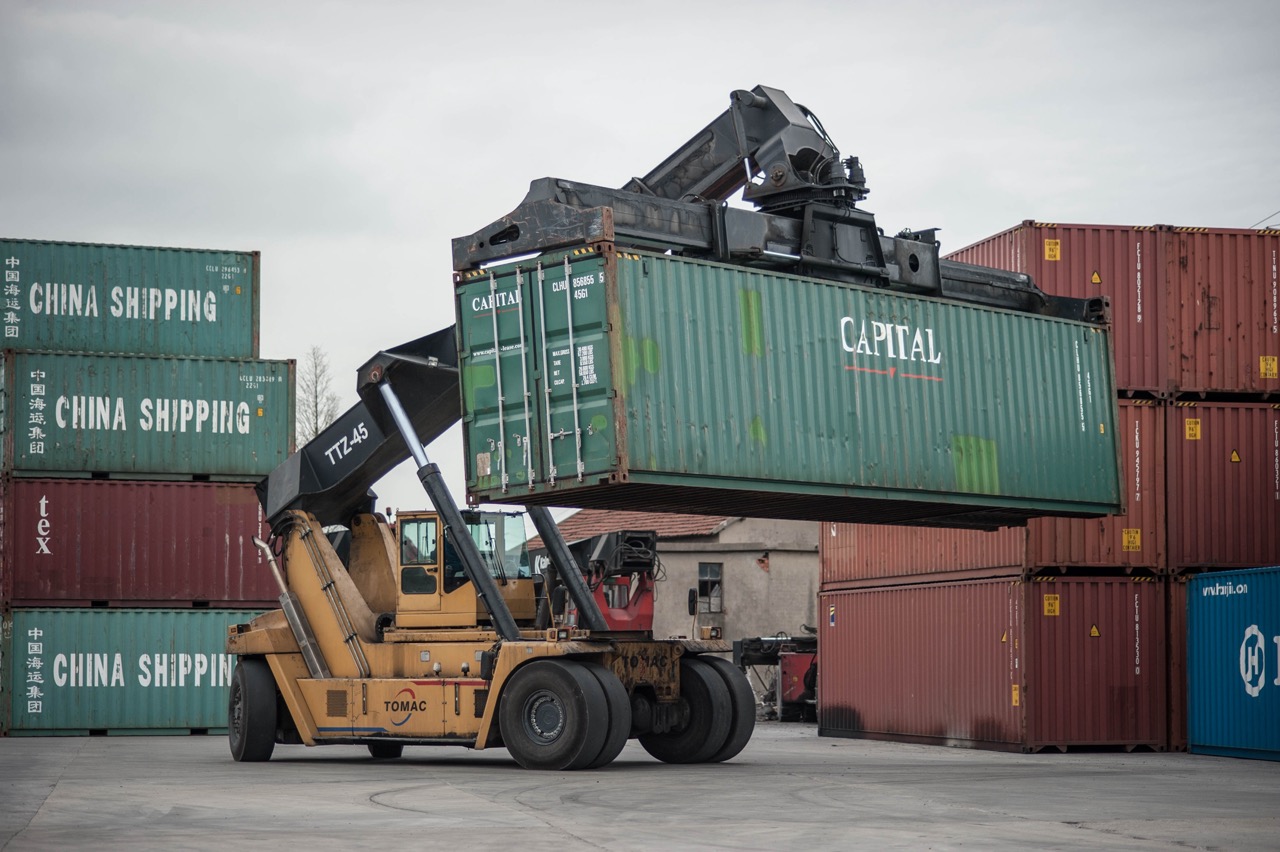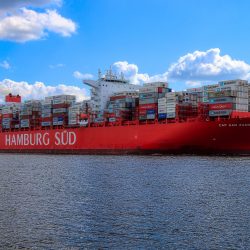TEN-T network receives new impetus to develop
TRAN, the committee that deals with transport and tourism in the EU, plans to develop the TEN-T network. The strategy is designed primarily for intermodal transport by rail and sea. Cars will be used in most cases for the first and last mile.
When considering the TEN-T upgrade pathways, the electrification of the network was an important issue. Infrastructure improvements will affect those sections of track where goods trains need to travel at a minimum speed of 100 km/h. The authorities want to pay special attention to the crossing of borders between countries within the EU. It is essential that this procedure takes no more than 15 minutes, and measures are already being introduced to this end.
There is an expectation that the new border-crossing programme for transport will be implemented in 2030.Thanks to it, clearance and verification will be fast and convenient for all involved. It is worth noting that the problem of border crossing primarily concerns trains. As for cars, the quick control system has been in place for a long time. Rail transport can stand idle at border crossing points while checking cargo and documentation. The main challenge, however, is controlling compliance with the state’s requirements where the train enters, as standards may differ from one EU country to another.
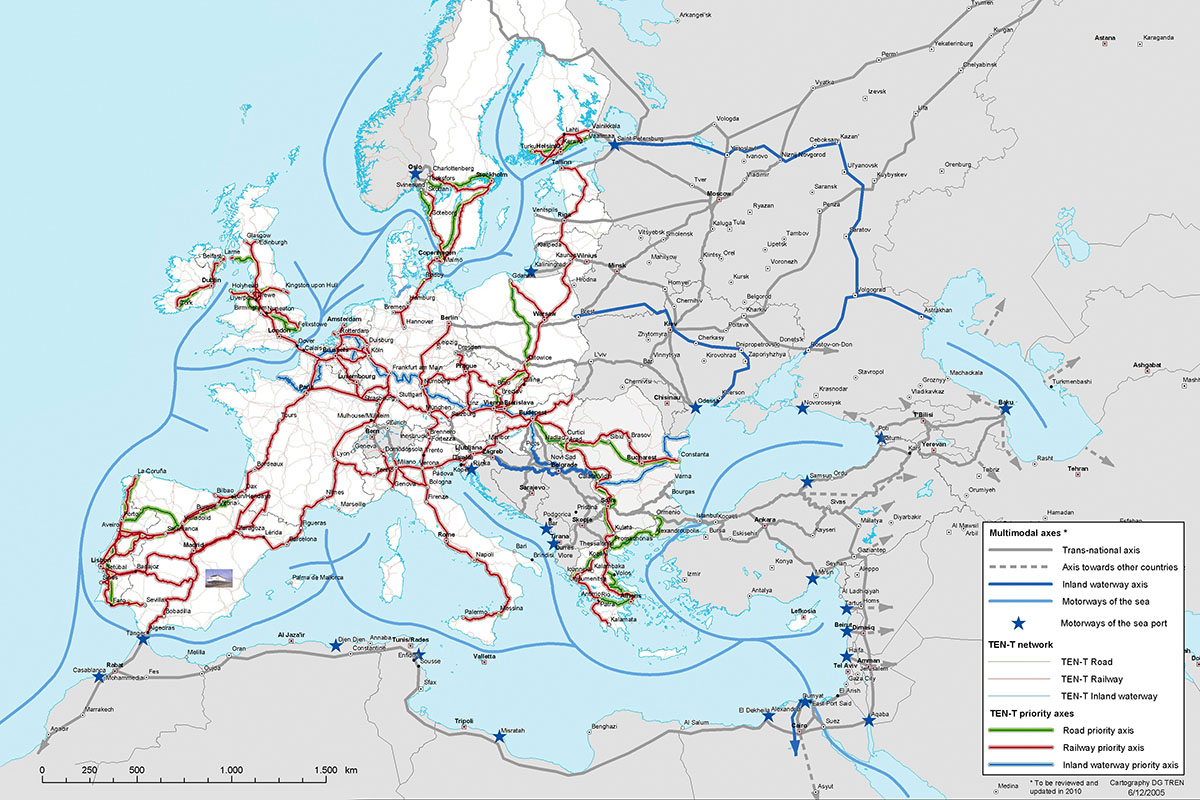
Trans-European network strategy
All items of the TEN-T strategy are to be implemented by 2050. Some of the programmes will start by the end of 2030. In addition to proposals to improve the network, the MEPs discussed options for modernising the transport system. The authorities plan to develop and adopt measures to improve the sustainability of urban mobility by the end of 2025. This should also include projects to relieve traffic on popular highways and increase accessibility for vehicles of different modes. In addition, there were discussions on partnerships with non-EU countries, for example, by increasing investments in joint projects related to TEN-T’s development.
The main purpose of the Trans-European TEN-T network is to connect Europe in all directions. The project aims to provide convenient travel from the western to the eastern part of the region, from south to north. The network includes motorways and railways as well as air and waterways. There is a particular focus on environmental goals, and programmes to optimise transport to use resources efficiently are being developed.
Within the TEN-T framework, various corridors will operate, forming a developed infrastructure that will connect Europe’s regions. For this purpose, there will be main routes and branches on which three or more modes of transport can operate.

